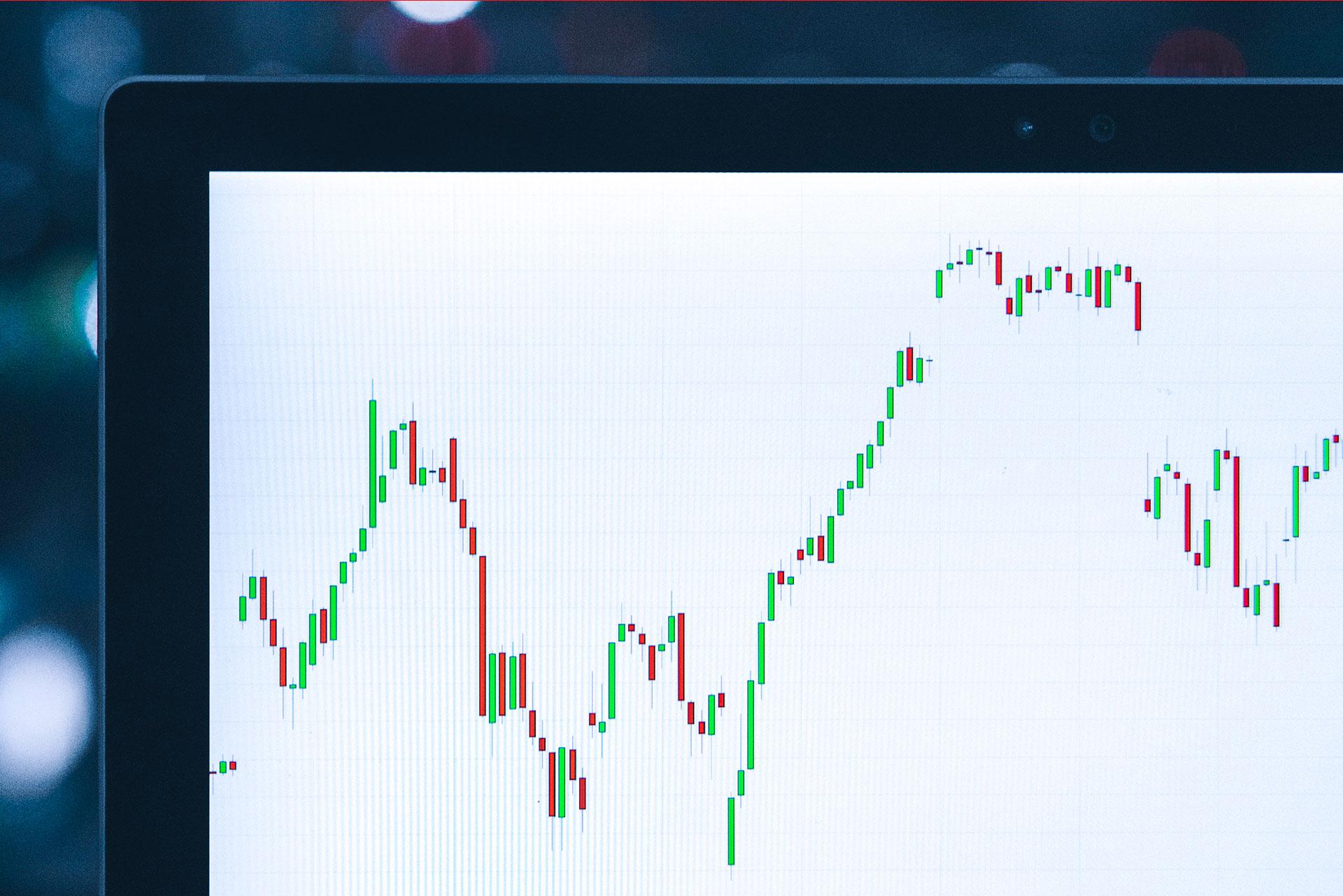Fintech’s latest tendencies focus on the optimization of financial processes of large, medium and small companies. Paying special attention to the way in which people consume and pay. Just 10 years ago it would have been inconceivable that instant microtransactions via phone would be so powerful in the current financial consumer structure.
The growing innovation and digital transformation of fintech products and services will continue to grow and these are the technologies that will stand out the most in the global financial scene during 2022:
Voice payments
Due to the pandemic personal space has become a new concern that conditions interpersonal interactions. As a consequence, contactless payments and cashless management have been a safer bet until now.
Some experts believe that voice-operated technologies will grow even more in 2022. Applying these technologies to routine banking operations and credit transactions such as issuing and claiming payments, or consulting financial products by voice will become second nature to the consumer because it will be like interacting with a human teller.
New digital wallets
Another type of technology related to systems of payment that is expected to continue to grow in 2022, is that now any device connected to the Internet can become a virtual wallet. Not only mobile phones but now also other devices such as smartwatches or smart TVs can hold your cash, crypto and stocks.
Blockchain
This technology is becoming increasingly more important in financial institutions. Blockchain is not only being implemented in crypto assets, its use is also increasing in other sectors such as data protection, facilitating faster and safer transactions; AI imagery, creating digital identities and much more.
So much so that, according to The Europe Business Review, 66% of banks expect to implement blockchain solutions in the next three years.
Neobanks
Banks without physical offices will have a wider presence worldwide as it becomes more common to use digital banking and transactional services. As of Q4 in 2021 digital banks accounted for 29% of the European market.
Due to the rise of these new bank structures after the pandemic, users now tend to make their transactions through smartphone apps. Therefore, banks are realising that physical spaces are becoming obsolete. Neobanks, have completely digitalised baking services, which translates into lower maintenance costs for customers and higher benefits for investors.
International payments
Another very common form of payment is cross-border payments. Mainly, they are used as a result of the increase in electronic commerce, investments and operations on the stock market. However, they are complicated transactions because they are slow, inefficient and expensive. In fact, the management of international payments is one of the main problems that SMEs face when they want to expand.
For this reason, central banks must move to improve their systems and this is expected to happen on a larger scale this year.
WealthTech
Advances in different technologies applied to wealth management, including robotic advice, digital stockbrokers, automatic trading platforms, new investment tools and non-fungible tokens or NFTs. Thus, WealthTech companies have been able to identify some shortcomings of traditional banks and have developed tools for personal finance and platforms for advice and wealth management.
Cybersecurity and RegTech
The fintech industry relies heavily on compliant and well-structured cybersecurity, much more so than other companies. This is because cyberattacks on monetary transactions or personal customer information can cause significant operational problems or lead to the demise of a startup or established company.
Something that has increased after the rise of eCommerce and the digitization of payments. The RegTech sector, that is, the technology applied to regulatory compliance, also expects a large investment. Among its services are hybrid cloud computing tools, cryptography, mobile security, advanced authentication and biometrics. More specifically, biometric identification is presented as a very interesting investment option due to its ability to identify users by recognizing unique physical traits.



